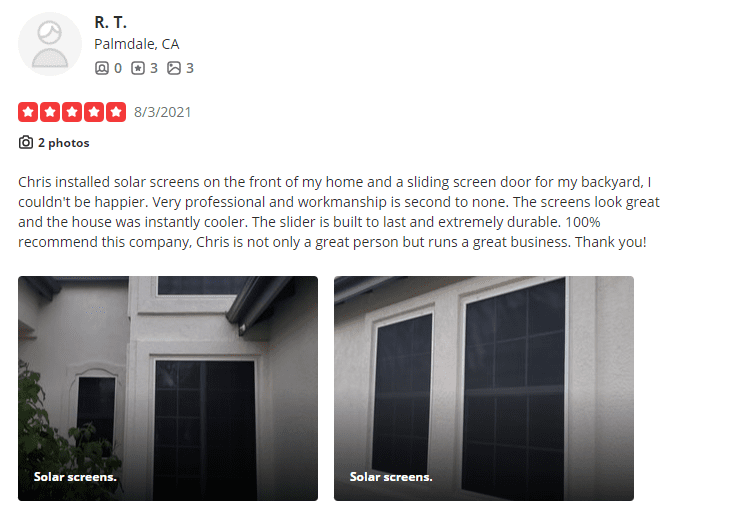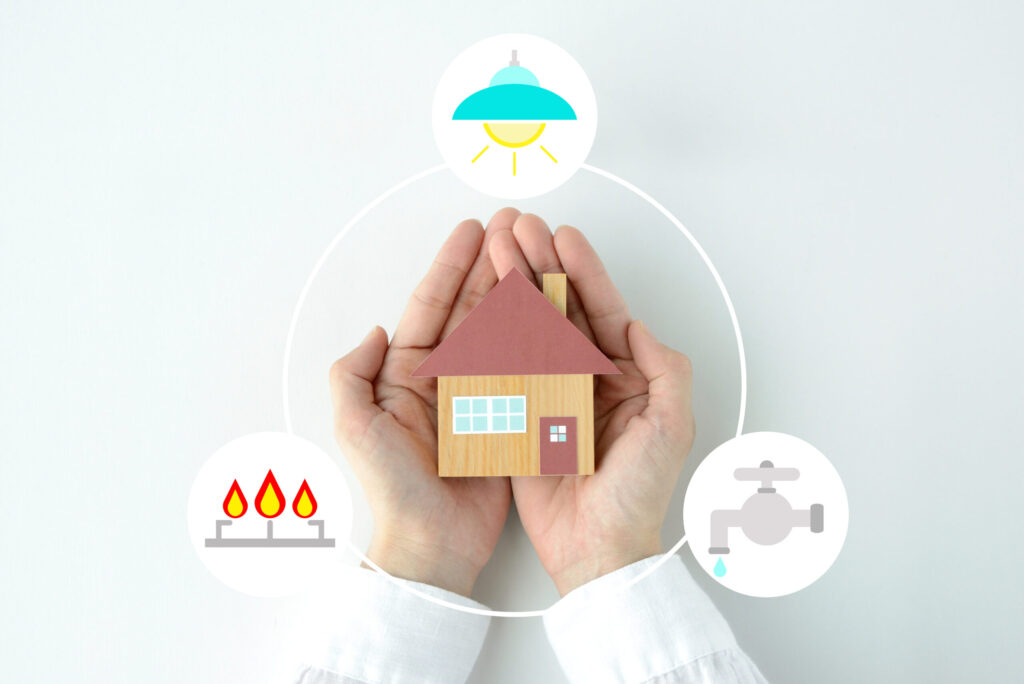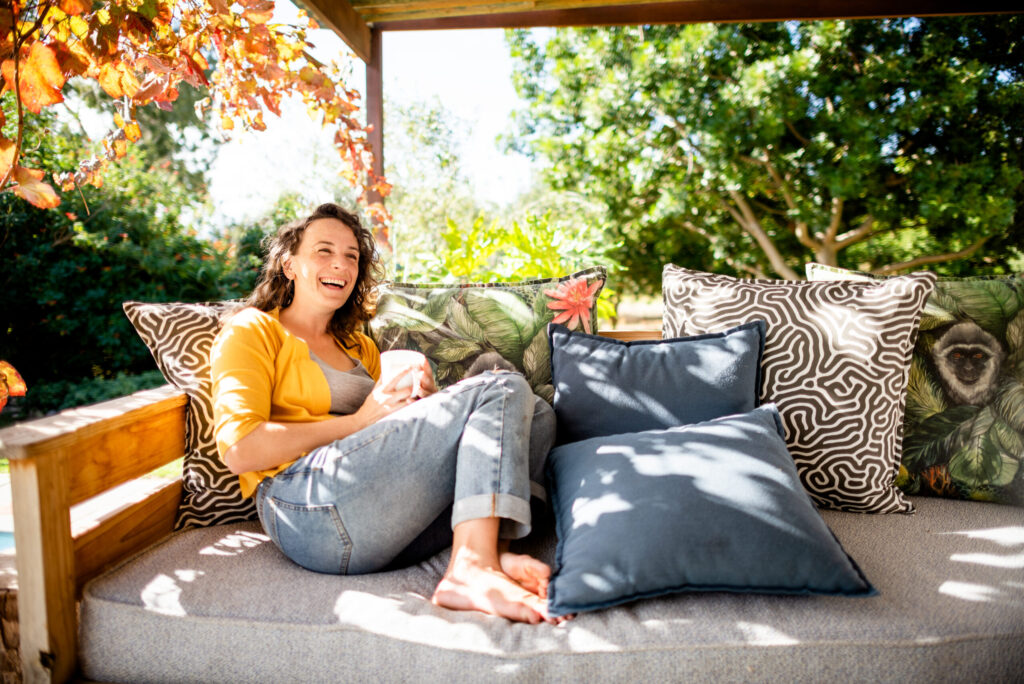How are Window Screens Energy-Efficient?
Home > How are Window Screens Energy-Efficient?
Have you doubted the energy efficiency of window treatments? Are you not yet thoroughly convinced about how much you can save by choosing appropriate window screens for your climate?
Yes, window screens can be energy efficient.
Yes, window screens can save hundreds of dollars on your heating and cooling bills.
No, you don’t need to forgo curbside appeal or interior design when choosing energy-efficient window screens.
We have been in this business for over 40 years, covering 31 states. Our customers have shared with us how they save money with their window treatments, whether in hot, sunny climates or cold, temperate climates.
Read on to discover more about energy-efficient window screens.
What type of window treatments boost energy efficiency
There are two ways to increase the energy efficiency of your home via your windows, saving money:
- Exterior: Reduces the most amount of heat gain because it stops up to 90% of the UV rays hitting the glass, thus stopping the heat from transferring through the window.
- Interior: Reduces some of the heat gains from the window, but the UV rays still hit the window creating an energy transfer.
About 30% of the heat generated in your home enters through your windows. So whether you have an HVAC system or a whole house full of fans, you’re almost literally burning money if you don’t invest in adequate window coverings.
Here’s a list of 6 different types of window coverings you can select from:
Drapes:
Curtains are a great option if budget is your primary restraint. They are fully customizable, can be homemade, and will match your interior design flawlessly. They cover your whole window and frame, reducing the percentage of heat escaping.
Cons:
- They do not reduce your heat gain as much as solar screens
- Dogs love to play with them
- They’re not fixed, so coverage isn’t consistent
- They gather dust and dirt, especially heinous for a household with asthmatics.
Window Blinds:
Slatted blinds are trendy in kitchens and bathrooms. They offer privacy while open easily to let fresh air in (or smells out!) You can control how open they are between the slats or just raise the whole blind.
Cons:
- The pulley system and strings get easily knotted
- Cats LOVE to play with the strings
- Slats can break individually, creating a messy look
- Needs constant cleaning
Solar Screens:
These energy-saving window screens are best if you live in a hot climate with more year-round sun; states closer to the equator. They reduce solar heat gain, especially if you choose exterior window shades. This decreases your dependency on air conditioning, insulating your pockets with more cash.
Cons:
- Exterior shades are very obvious
- Bothersome having to remove them every fall, so remain semi-permanent
- Storage during the winter months
NOTE: Avoid the cons of storage and removal by looking at a motorized or retractable option. More details below
Storm Screens:
Solid and durable screens can withstand strong winds and heavy snowfall while offering a mesh that can reduce sun glare. With these screens, you won’t need to have your heating on full blast and won’t feel (or hear) the chill slicing through your home.
Cons:
- Expensive
Retractable Screens:
Great for more oversized windows and doors. Retractable screens are there when you need them and out of sight when you don’t. Easy to open and close with one hand or with the push of a button – they’re kid and pet-friendly and easy to maintain.
Cons:
- Not possible for every window type
- Expensive
Window Film:
Cheap cosmetic window coverings that protect some of your privacy and reduce sun glare.
Cons:
- They aren’t energy efficient in winter or summer
- They do not block gaps
- They do not reduce solar heat gain as much as solar screens
- They chip and peel after a short period
As you can see from the list above, quite a few different options exist.
How solar screens save on cooling bills
Solar screens, or other window treatments, were created to add Daytime privacy and save on cooling bills by reducing solar heat gain coefficient (SHGC). Typically, when solar radiation (Sunlight) hits your window panes, it passes through your window and transfers into heat. This makes living spaces unbearably hot and stuffy during the day. Solar screens offer a physical barrier, reducing the sunlight and heat that hit your window and move into your home.

If you’re used to running the air-conditioning all day and night just to keep the house comfortable, installing solar screens significantly reduces this dependency. When you get home, your home will be considerably cooler than outside. Of course, you won’t get that constant blast of cool air, but you’ll save loads.
How storm screens save on heating bills
Wooden frames expand and contract depending on the season; it’s natural and unavoidable. Most window and door frames are wooden; you do the math. In winter, the wood contracts, creating visible gaps along your window and door frames.
You can stuff the gaps with newspaper or caulking, but the most sustainable effort is to purchase a screen that will cover the whole window, frame included. Storm screens are known to block cold air from sweeping in uninvited or stop precious heat from escaping. Reduce your heat loss, and save your money.
Your window of opportunity
Save the planet and your pocket in one fell swoop and install energy-saving window screens. Whether blocking the heat and sun or keeping the nasty cold out of your home, choosing suitable screens can make a huge difference. You can DIY it or call your local Screenmobile: we come, we measure, we cut, and install. We customize every aspect for your own needs.
We are America's Neighborhood Screen Stores®
Request a Free Estimate
Complete the form below, and we will contact you to arrange a free estimate for your home.
Screenmobile.com uses cookies to improve your experience on our website. These cookies help analyze our site traffic, understand where our visitors are coming from, and may share your information with partner companies. By browsing our website, you agree to our use of cookies. Learn More.
Don’t Miss Our Latest News and Ideas for Your Home
Use the button below to sign-up for our newsletter.




